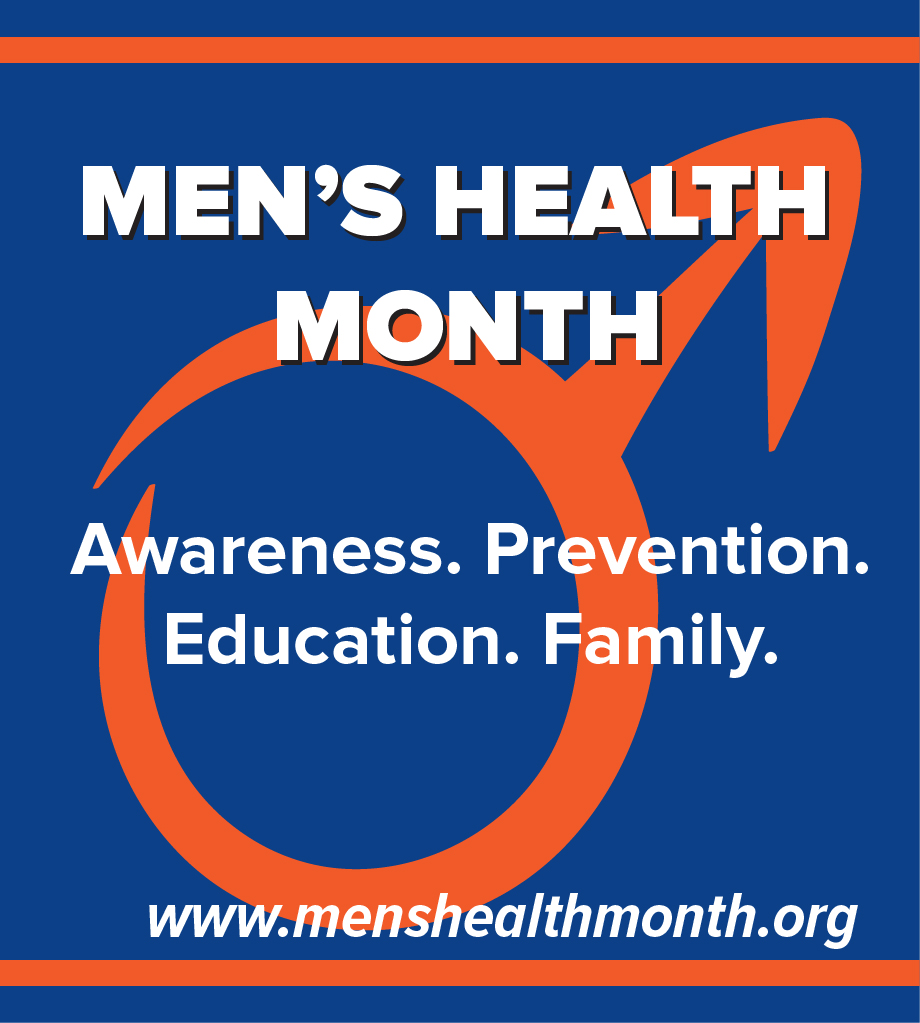Remember the expression, “there’s an app for that”? That’s soooo 2014. Sure, apps are still everywhere, but new expression we’ll be hearing a lot in the years to come is, “there’s a test for that.”
A new test invented by scientists at the University of Queensland (Australia) uses a single drop of fluid to detect viruses, bacteria, fungi, or parasites in humans, crops and cattle. The test works like a pH test for swimming pools and shows the result in 90 minutes by changing color. Professor Matt Trau, of UQ’s Australian Institute for Bioengineering and Nanotechnology (AIBN), says that the tests could be used by health workers or farmers in the field, thus saving time, money, and most importantly, lives.
“We’ve been able to take what would usually be done with complicated equipment in a centralised laboratory and miniaturise it into a single drop of fluid that farmers, for example, can use to get an almost immediate result in the field,” Professor Trau said.
According to the University the test can be made sensitive enough to detect even the smallest trace amounts of DNA or RNA, and can also scan for multiple pathogens (bacteria, viruses, and other micro-organisms that cause disease) or cancer markers. “We can now detect as little as just a few molecules of DNA in almost any sample such as blood, saliva, or even soil,” Trau says. “This part is particularly exciting for many future applications.”
The test has already proved accurate in detecting human diseases such as HIV, malaria, tuberculosis, and the H1N1 influenza virus. It also has detected E. coli in water, bovine herpes virus in cattle, and fusarium fungus in crops.
Jimmy Botella, a professor at the School of Agriculture and Food Sciences and a co-author of the study, sees virtually no limits for potential uses for the technology. “This new test is especially suited for developing countries, but it will also be very useful for the Australian agricultural and livestock industries as it provides a fast method to detect diseases without the need to send samples to the laboratory,” he said.
The study was published in the ChemComm journal. Read an abstract here:



